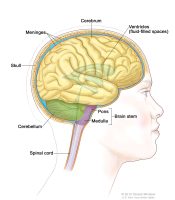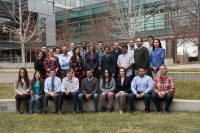New treatment options for kids with treatment-resistant medulloblastoma
Medulloblastoma is a type of malignant brain tumor that is typically diagnosed in children and adolescents. It is one of the most common brain tumors seen in kids and accounts for 15-20% of all pediatric brain tumors. Medulloblastoma tumors usually form in the cerebellum. The cerebellum is the part of the brain that controls balance,…





